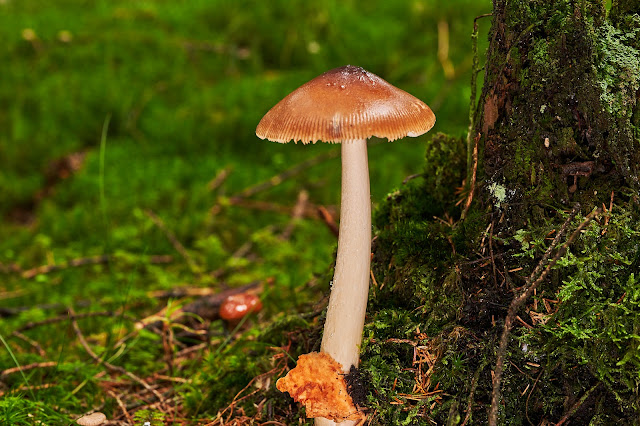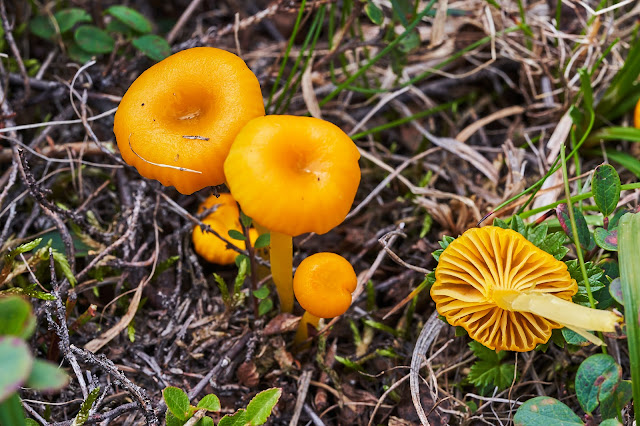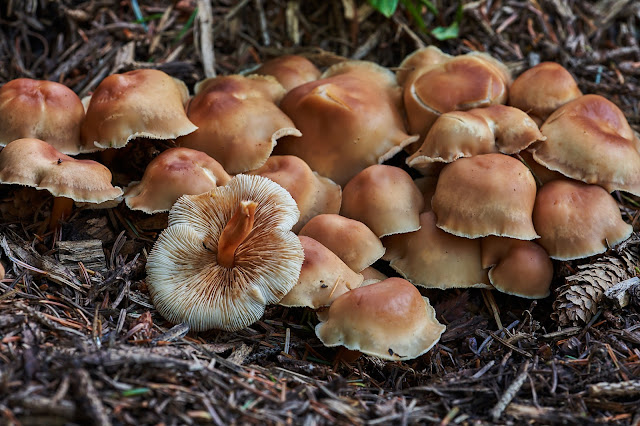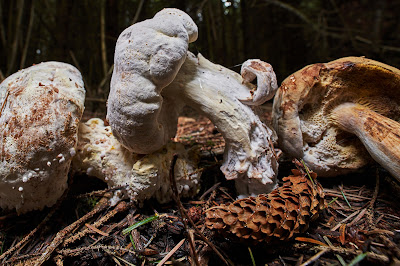Amanita fulva

Although Amanita fulva, commonly referred to as the Tawny Grisette, is not poisonous it must be well cooked before it may safely be eaten. (Cooking destroys its toxins.) Amanitas are so stately that it seems a shame to collect them. I look for fallen specimens wherever possible when I want to photograph volvas or other features that cannot be seen easily on standing fruitbodies. Pale-capped Amanita fulva fungi can be confused with Deathcaps; occasionally a Tawny Grisette will have a very pale-brown, almost light-ochre cap. It tends to be most common in areas where the soil is acidic.(For this reason the Tawny Grisette is often the most abundant Amanita species in the conifer forests of western Wales, northwest England and Scotland.) This species is also found throughout most of mainland Europe. Amanita fulva is also reported from many parts of North America, where although it is quite common it might possibly be a different species from the European mushroom known as the Tawny Gri...



